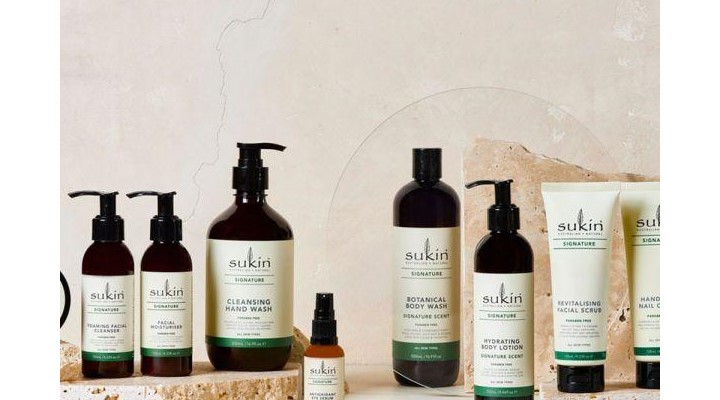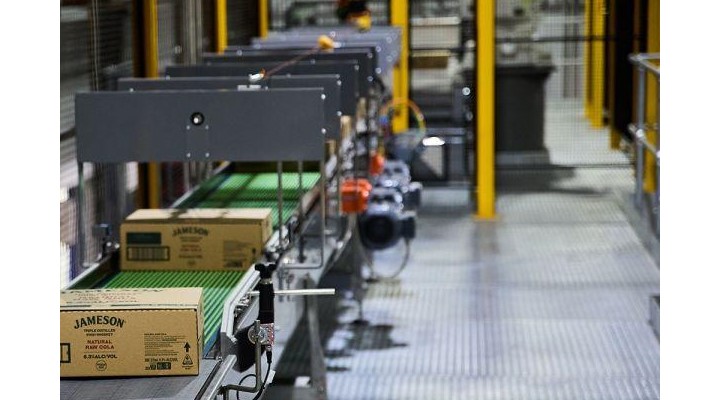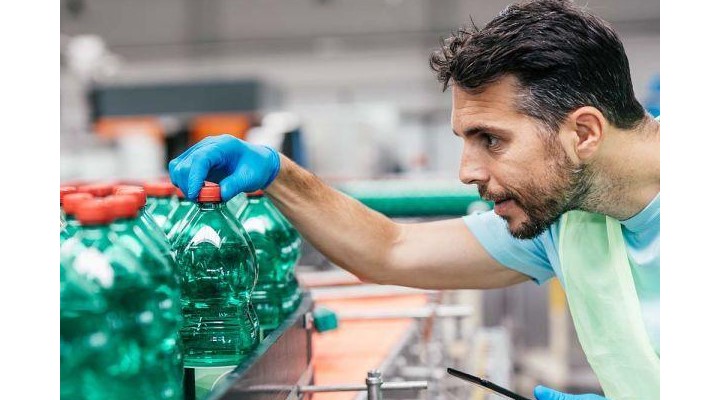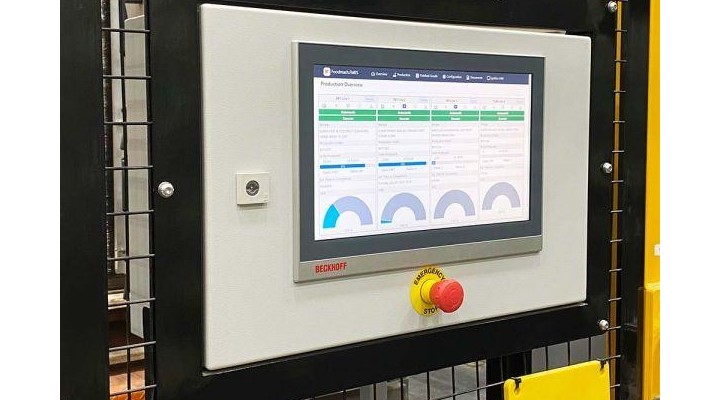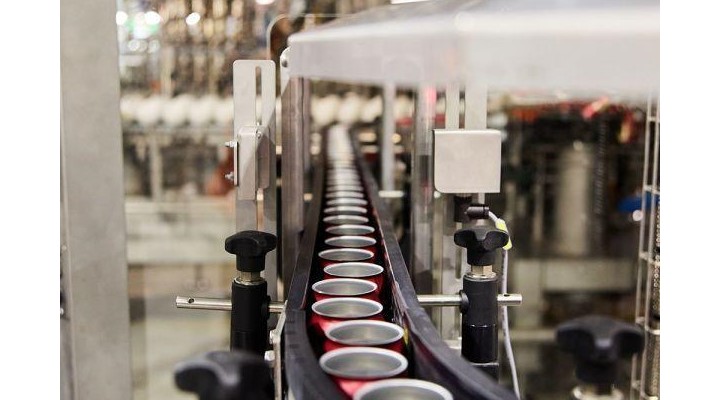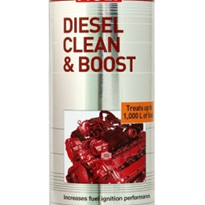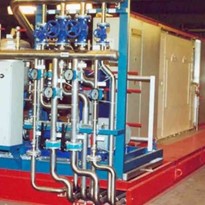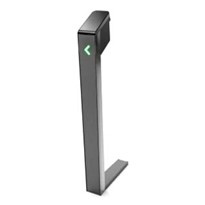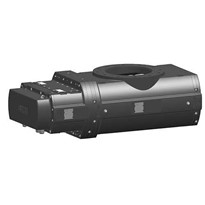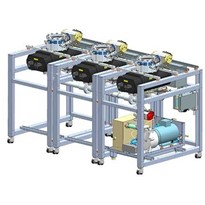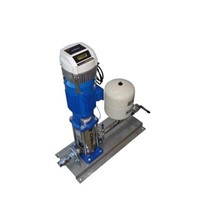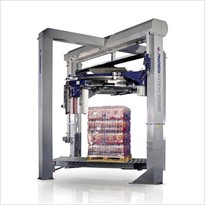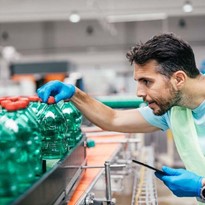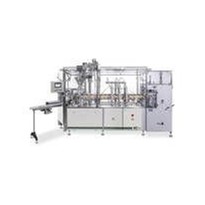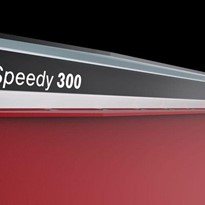For production line managers, this transformation offers tangible benefits.
If you've ever wondered how to enhance your operational efficiency, ensure high-quality standards and maintain agility in response to market demands, here are a few case studies to demonstrate how advanced digital technologies can transform your operations and give you a competitive advantage.
Central to any digital transformation is the concept of Overall Equipment Effectiveness (OEE), a comprehensive metric that evaluates the efficiency and productivity of manufacturing equipment.
Understanding OEE and its importance
OEE is a critical measure for FMCG manufacturers, encapsulating three key components: equipment availability, performance, and product quality.
A high OEE score indicates that a manufacturing process is running efficiently, with minimal downtime, optimal performance speeds, and a low rate of defects.
Improving OEE is therefore crucial for manufacturers aiming to maximise productivity and maintain competitiveness in a fast-paced market.
Industry 4.0: The catalyst for OEE improvement
Industry 4.0 brings together a suite of technologies, including the Internet of Things (IoT), big data analytics and advanced automation.
These technologies facilitate the creation of smart factories, where interconnected systems and intelligent automation drive decision-making and process optimisation.
Real-time data collection and analysis
One of the most significant advancements brought by Industry 4.0 is the ability to collect and analyse data in real-time.
Sensors embedded in manufacturing equipment capture data on various parameters, such as machine performance, temperature and pressure.
This data is then analysed to identify patterns, predict potential issues and make informed decisions that enhance equipment availability and performance.
Enhanced visibility and traceability
With digital technologies, manufacturers can achieve unprecedented visibility into their production processes.
Detailed insights into each stage of manufacturing enable better traceability of materials and products, ensuring compliance with regulations and bolstering quality control.
This transparency helps in identifying inefficiencies and implementing corrective measures promptly.
Automation and efficiency
Automation is a cornerstone of Industry 4.0, reducing the reliance on manual labour and minimising human error.
Automated systems can perform repetitive tasks with high precision, ensuring consistent product quality and optimal equipment performance.
Automation also allows for better synchronisation of operations, reducing bottlenecks and enhancing overall efficiency.
Predictive maintenance
Traditional maintenance strategies often result in either excessive downtime due to over- or under-maintenance or unexpected breakdowns.
Predictive maintenance leverages data analytics to forecast equipment failures before they occur.
By addressing potential issues proactively, manufacturers can reduce unplanned downtime and extend the lifespan of their machinery, contributing to higher OEE.
Here’s how some of our industry’s biggest players are reaping the benefits of OEE.
Pernod Ricard Wines
Rowland Flats, South Australia
Pernod Ricard has a worldwide focus on technology innovation to enhance speed, safety, sustainability and efficiency in its facilities.
PRW Australia is a Centre of Excellence that often pioneers technology before it is rolled out overseas. PRW’s new combination glass and canning line in the Barossa Valley was a challenging project.
The aim was to package a combination of can and bottle sizes, diameters and closure ranges on one line, which had never been done before anywhere, globally.
Now complete and running at speeds of up to 24,000 containers per hour, the bespoke line handles around 140 products: still wine, sparking wine and Ready-To-Drink (RTDs) in three different can diameters and glass bottle sizes ranging from 187ml to 750ml.
Foodmach line control software handles a broad product matrix: still or sparkling liquids in cans or glass in multiple formats with a range of closures and runs multiple SKUs concurrently.
The line features ‘best of breed’ equipment for all categories, including Foodmach palletising and depalletising, Petek tunnel pasteurising, can and bottle drying, an extensive range of inspection equipment, Markem-Imaje laser and inkjet coding and print and apply labelling with compliance software, bottle labelling, multi packing, case packing, and Robopac stretch wrapping, with all Foodmach conveying, infrastructure, and safety systems. Central to it all is a Vipoll ALL IN ONE filler.
Software (Line MES and FM Link) provides advanced line control, comprehensive OEE and advanced recipe management. All pre-start quality checks required by PRW are built in. Most of these are compliance related, some are lab sampling tests, but all are recorded and stored in the system. Production cannot begin until compliance is complete.
Multi-SKU capability is a huge advantage for lines with frequent product changes and enhances OEE availability.
For example, while the filler is being changed over, which takes 15-30 minutes, other SKUs will enter PRW’s line to reduce downtime. It is possible to have three SKUs in production at the same time, one between the depalletiser and the filler, another between the filler and labeller and a third running from the labeller to the stretch wrapper. This is a considerable gain over some line control systems, which cannot start releasing a new container from the depalletiser until the last case of the previous run is palletised.
Fast changeovers that require minimal effort mean that new products can easily be tested on the line.
The software has provided PRW with the capacity to satisfy ever-changing market trends and stay ahead of the competition.
PRW is, without a doubt, our most flexible packaging line to date and is only made possible by Line MES and FM Link.
The PRW project showcases OEE at its finest and provides a classic demonstration of how the right software can integrate third party equipment via a range of different controls protocols and PLC hardware.
“Foodmach has designed a system that is accurate, data-driven and completely intuitive. It allows us to control every machine in a fully integrated interface. We’ll enjoy the full benefits of Industry 4.0 with all the data needed at our fingertips and complete accuracy around OEE.”
Lee Docherty, Packaging Operations Manager, PRW


